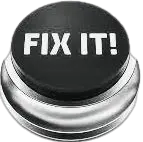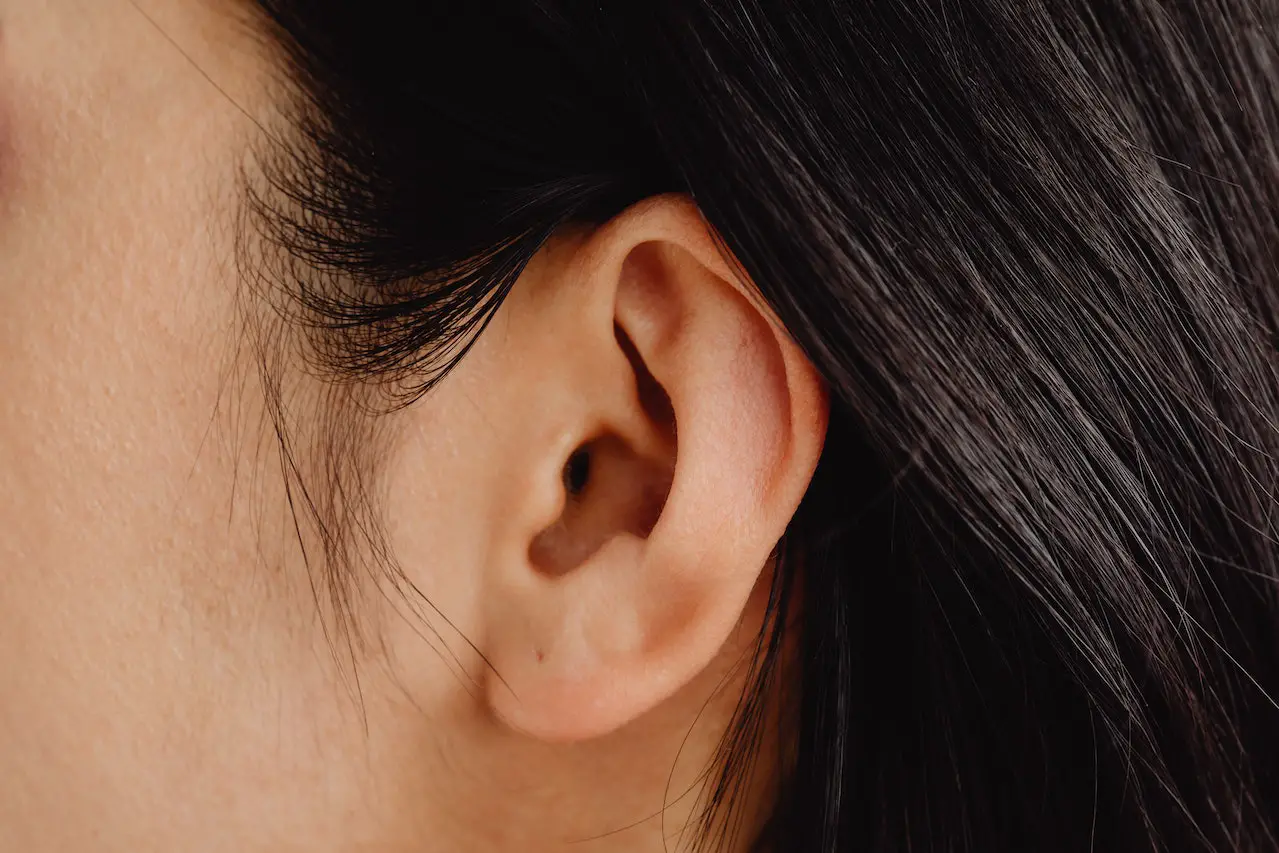The reasons for ear squeaking when blowing nose are well explained here. Eustachian tubes connect our nose, ears and mouth. Their purpose is to equalize pressure in the middle ear.
However, aggressively blowing our noses may cause rapid changes in pressure within our ear canal and rupture our eardrum.
Ear Squeaking When Blowing Nose
The ear squeaks when you blow your nose can be caused by many different factors, including:
Eustachian Tube Dysfunction
Eustachian tubes are small passageways connecting the back of the throat to middle ears. They open when people swallow, yawn, chew gum or perform the Valsalva maneuver (breathing out forcefully while pinching their nose and closing their mouth), which helps equalize air pressure in each ear for improved hearing.
Also read: “Why Does My Poop Smells Like Fish? 4 More Helpful Tips.”
When their Eustachian tubes become blocked they experience muffled sounds or feeling as if their ears are full or plugged as well as symptoms such as ringing in their ears (tinnitus), pain in or pressure in either ears or nose – all factors contributing towards impaired hearing.
Eustachian tube dysfunction typically clears up within two weeks on its own or by using over-the-counter treatments like decongestants or nasal sprays, but if that doesn’t help consult a doctor. They will check your ear canals and nasal passages for signs of blockages or infection, measure air pressure in your ears using special instruments, and view your ear drum using special scopes; but avoid devices called “ear candles”, designed to pull wax out.
Patients suffering from minor Eustachian tube issues due to colds or changes in altitude may not require treatment; however, those experiencing persistent symptoms may require assistance such as swallowing frequently, using the yawn and chewing maneuvers, or using nasal saline spray to clear nasal passages.
Tensor Tympani Muscle Spasm
These muscles, located inside the middle ear, form part of a protective reflex known as the acoustic reflex in response to loud noises; when exposed to loud sounds they contract in response, reducing how much sound can reach the inner ear. Innervated by the trigeminal nerve which also controls swallowing functions; they’re often activated during physiological actions like talking, chewing and swallowing as well as air puffs, loud noises or the blinking reflex.
When the Tensor Tympani muscle goes into spasm, a clicking sound can be heard by doctors. This noise typically repeats itself from 90 to 100 times per minute depending on an individual’s circumstances and may include either thumping or clicking noises that can be heard up to 10-20 cm away from you. Myoclonus causes symptoms that include fullness in the ear, muffled hearing, and fluctuating hearing problems.
TT myoclonus may occur as a result of tinnitus or hyperacusis, as well as certain medications like benzodiazepines. Treating this condition is vitally important since it interferes with speech and hearing; medications, diet modifications, and exercises can all help.
Stapedius Muscle Spasm
Stapedius muscle spasms may cause various symptoms, including pulsatile tinnitus. This tinnitus is caused by repetitive and synchronized contractions of your middle-ear muscles tensor tympani and stapedius, such as loud noise, scratching your face, chewing or breathing; they can even be felt within your ears like clicking from typewriter. These contractions can be felt as well as heard, making thumps similar to typing sounds produced when using typewriters click like clicking from typewriters.
The stapedius muscle is the smallest skeletal muscle in the body. It is situated inside the inner ear’s tympanic cavity and helps stabilize the small stapes bone located there. Innervated by facial nerve (5th cranial nerve), and connected via pyramidal eminence to an opening at one side of the tympanic cavity wall.
The acoustic reflex is an automatic response to loud sounds that causes contraction of both the tensor tympani muscle and stapedius muscle in response to loud sounds, thus decreasing sound waves passing through the tympanic membrane and protecting cochlea from excessive vibrations. Typically observed with an electroacoustic immittance audiometer. When this reflex is lost, loud sounds may become much louder, potentially leading to hyperacusis; its absence may also trigger hyperacusis symptoms; similarly expected with intratemporal facial paralysis; its return marks its return alongside recovery of facial motion recovery.
Eustachian Tube Opening
When your ears pop when you swallow or yawn, this indicates the Eustachian tube opening to equalize pressure in your middle ear with air outside, enabling hearing while also preventing sounds, fluids, and other substances from traveling from back of throat into ear drum. It stretches from back of nose to upper part of throat and is made up of bone and elastic fibrocartilage (tough yet flexible cartilage).
Blocked Eustachian tubes may occur for various reasons. Swelling from sinus infections or allergies may cause them to close off, leading to fluid buildup in your ears. Airline travel and scuba diving may also cause changes in air pressure that affect eustachian tubes.
Eustachian tube dysfunction’s symptoms tend to be mild and resolve without treatment, though if symptoms continue, an ear, nose and throat doctor can perform several tests including hearing tests, physical examination and CT scanning in order to pinpoint its source.
Signs of a blocked Eustachian tube include distorted autophony, where you hear yourself speaking or breathing louder than normal. Medication may help, though this may not provide complete relief; drinking more water, avoiding caffeine and decongestants, taking oral steroids or performing balloon dilation may all provide temporary solutions.

